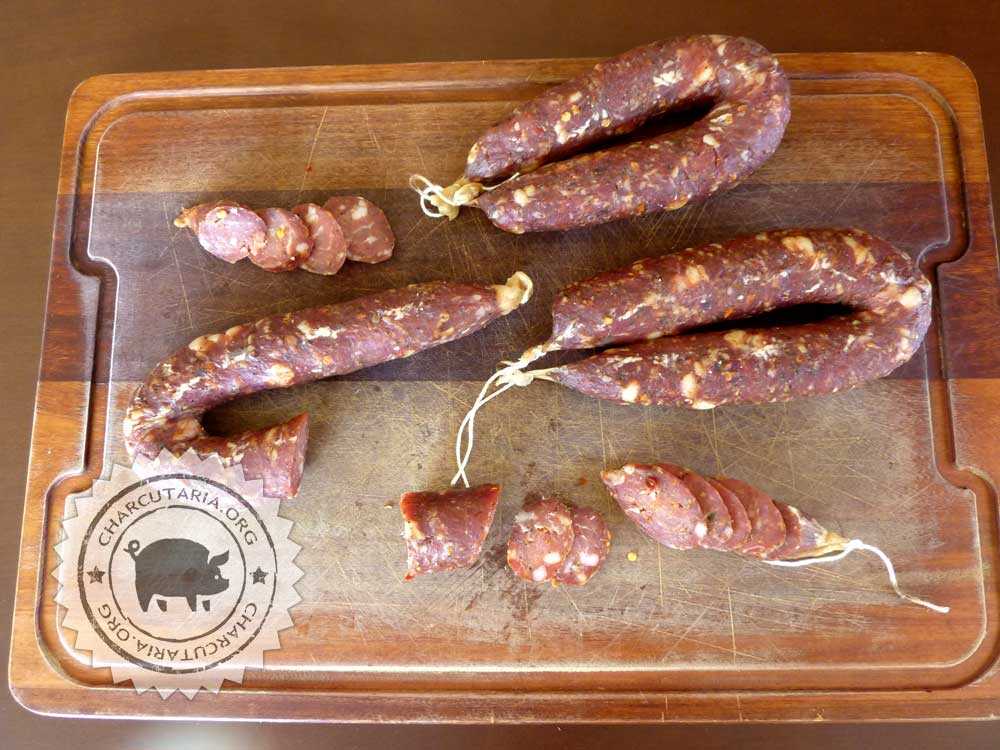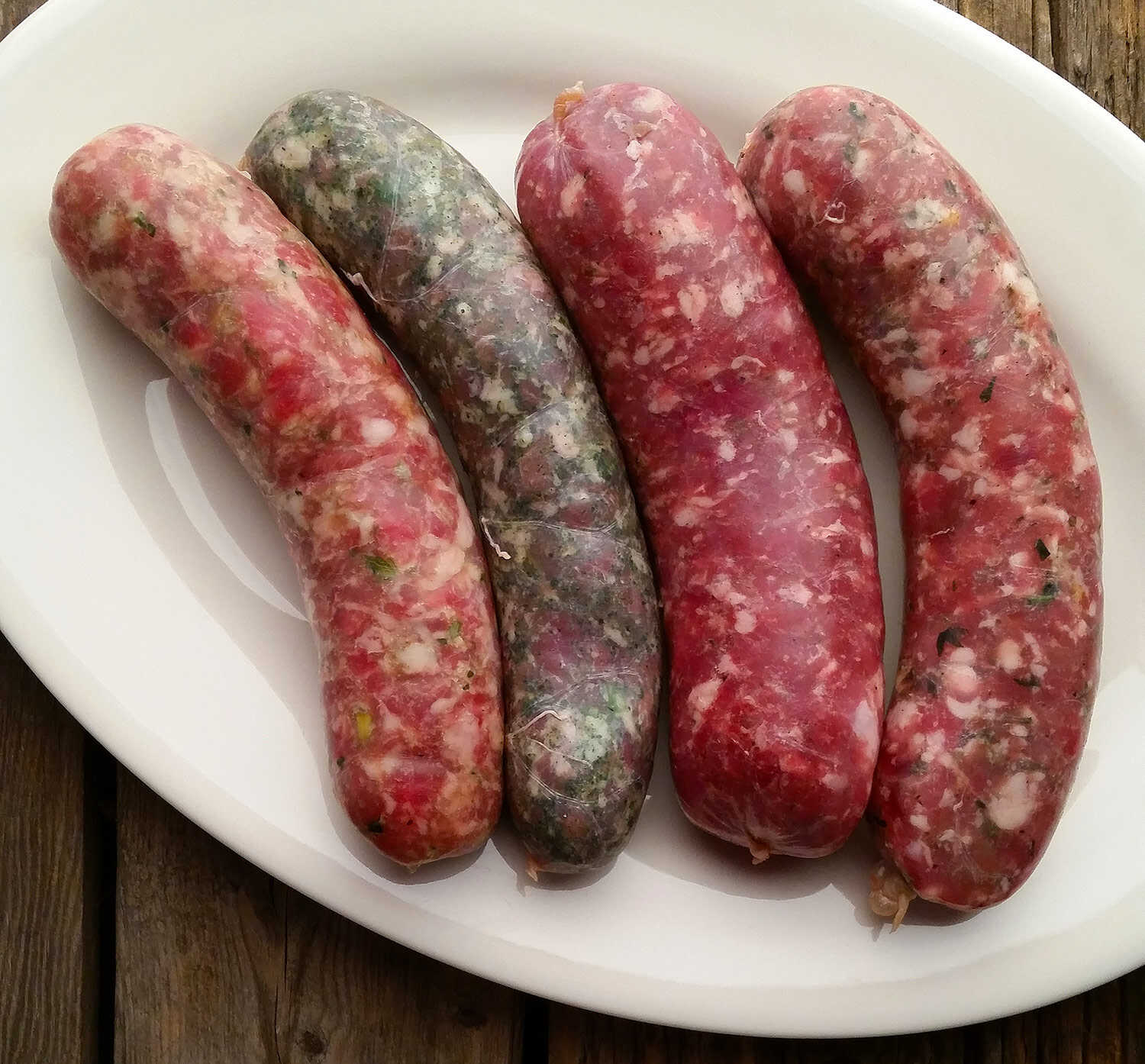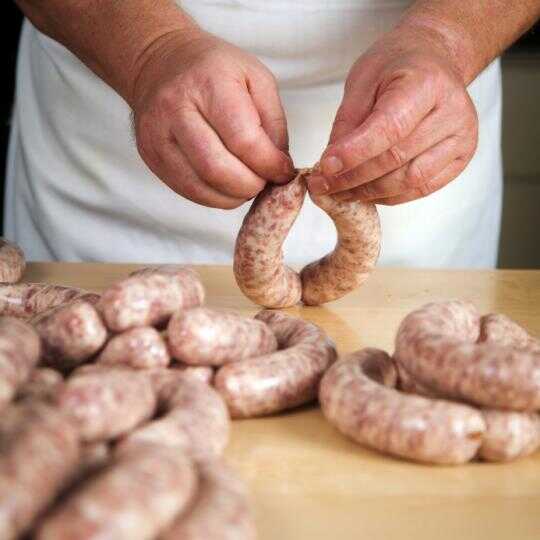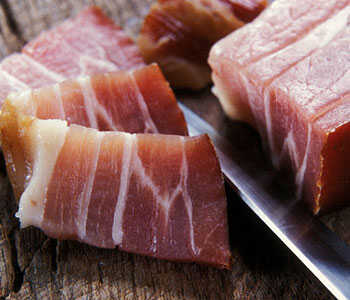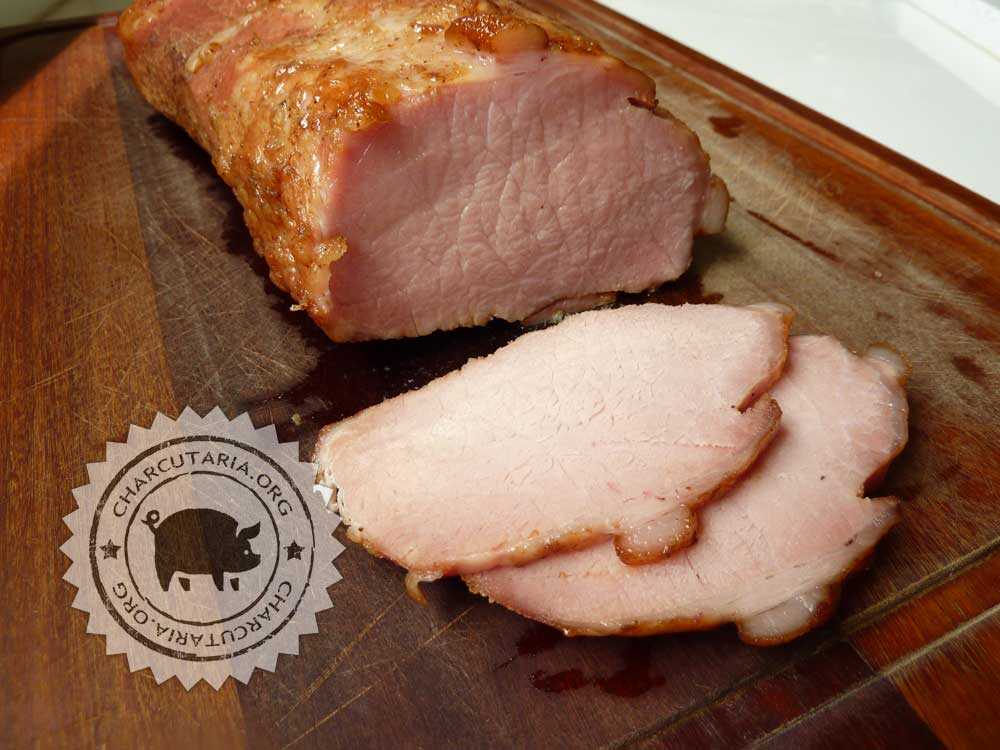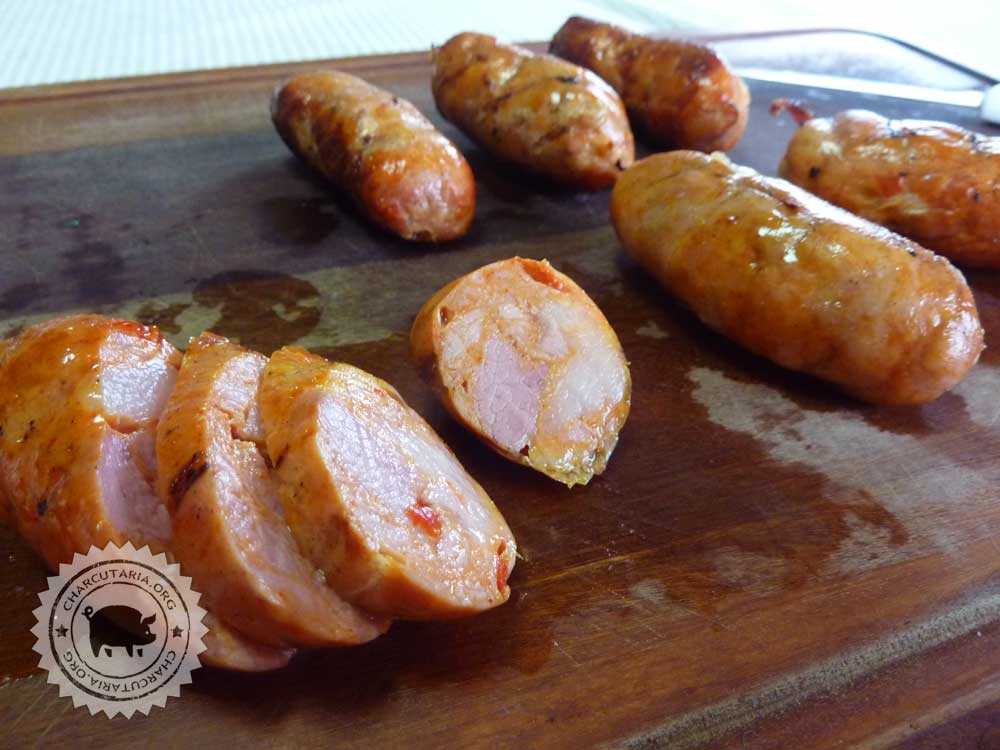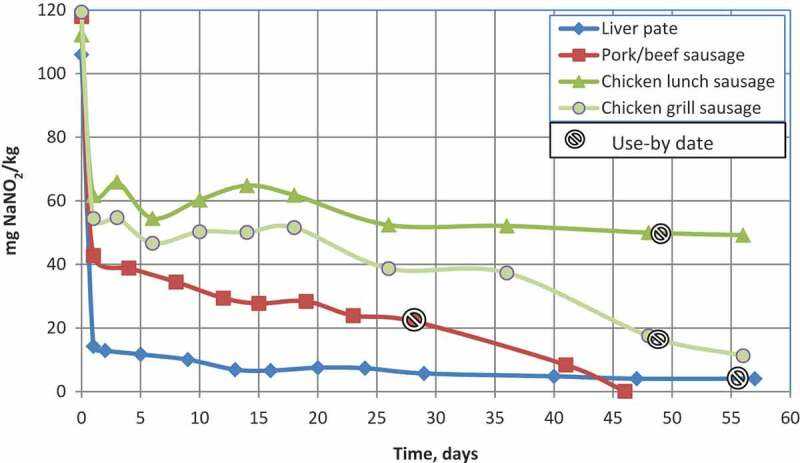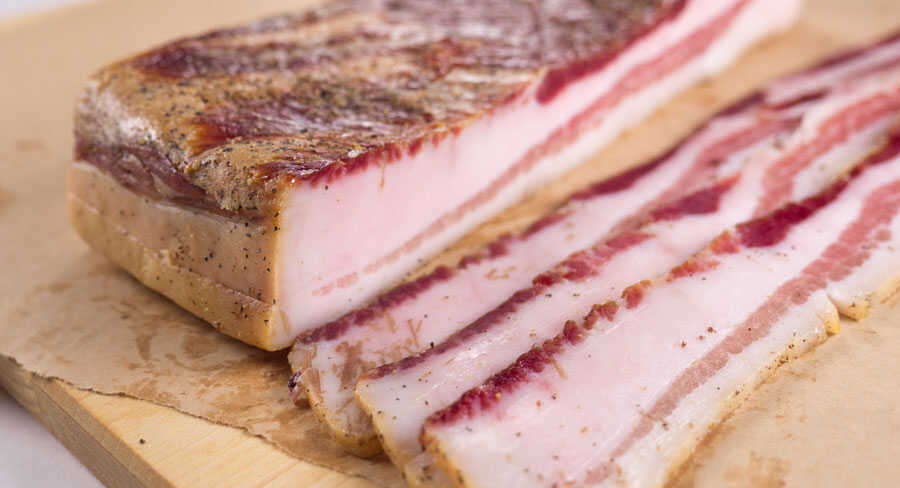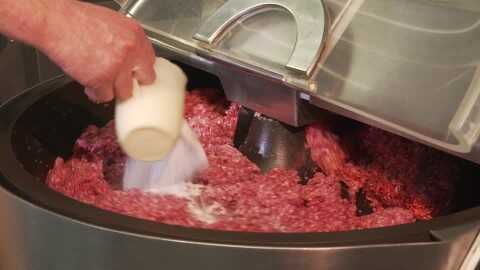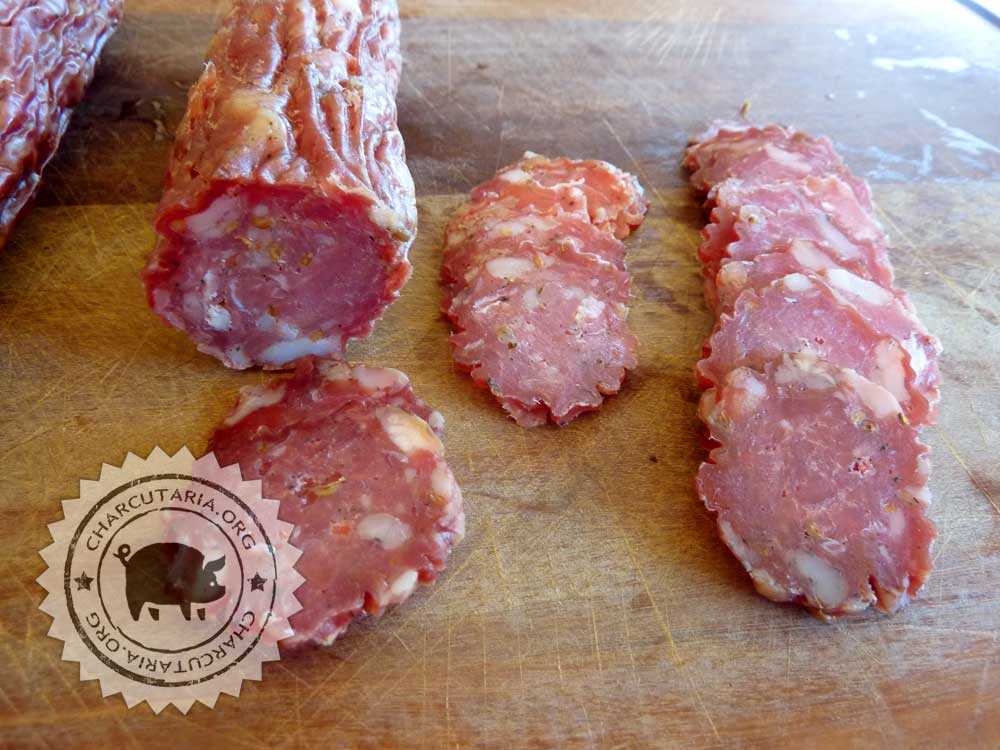
This is an Italian recipe from the Provenance region, Sardinia island. Sardinia is a paradisiacal island in the Mediterranean Sea that, in addition to its natural beauty, presented us with a salami made by hand using lamb meat. Lamb meat has a strong flavor, which makes this product a delicacy for those who enjoy a more pronounced meat flavor. Sardinian salami is originally cured for a long period, around 4 months, which is why it resembles raw ham.

